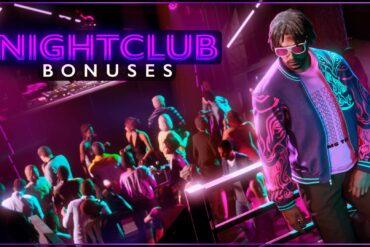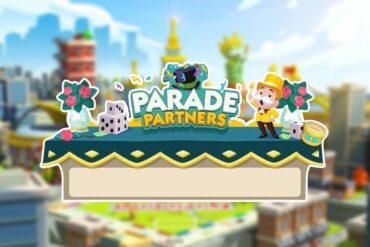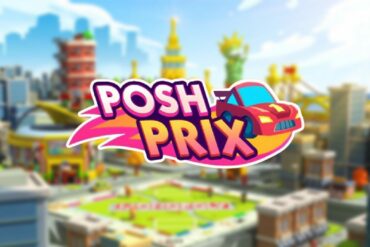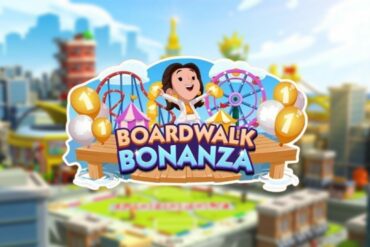In 2019, the Nintendo Switch finally got a version of Dragon Quest 11. It had been a long time since I played any Dragon Quest game, but I kept hearing how good it was. So I downloaded the free demo. After booting that sucker up, I remembered, “Oh, right, I love Dragon Quest,” and set out to buy the full version. I told my girlfriend how much I enjoyed the demo and she wound up getting the Steam version so she could play as well.
Upon getting our respective versions of the games, we noticed some differences between them. The Switch version, coming out later, had some different musical arrangements. Along with some additional quests and content. However, the Switch, not having as much graphical horsepower under the hood as some other machines, didn’t look quite as good as the Steam version.
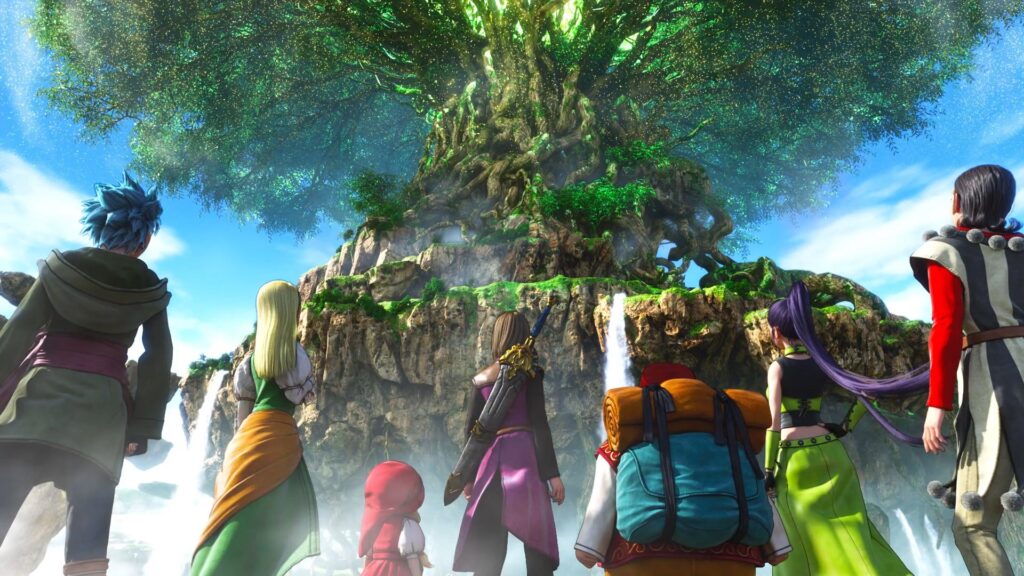
I would like to point out that this wasn’t an attempt to deliberately compare and contrast the versions. See, I have a lifetime of being used to having less than phenomenal computers. I know games will always work on my console. So whenever there’s a new game available for the Switch as well as PC, my first inclination is to get the Switch version. In contrast, my girlfriend doesn’t have a Switch. So to experience Dragon Quest 11, it was Steam or nothing.
Dragon Quest VS Dragon Quest S
Both of us grew up during the hottest part of the Console Wars and are used to different versions of games having different features. To use a historical example, take Primal Rage. The Genesis version was arcade build 1.7, whereas the SNES version was arcade build 2.3. The SNES version had more of the stuff included and new balance tweaks.
Besides, as much as I enjoy the additional content in DQ11, both of us agreed that it doesn’t have that much of an impact on the base game. The Steam/PS4 version doesn’t feel incomplete and stands on its own just fine. You don’t need things from the Switch version to feel like you’re getting your money’s worth from the game. Both of us figured that either Square Enix would release the DQ11 S content as paid DLC for the original game. Or the Switch version keeps the bonus content, in which case everyone else still has a fantastic game.
Square Enix apparently has something else in mind. DQ 11 S is set to release on Steam and other platforms as a separate title. Already have the game and want those additional features? Well, too bad, you’re going to have to buy the game again. It is reportedly just a straight port of the Switch version as well. This means the people playing on the PS4 are going to get a drop in graphical quality if they choose this version of the game.

Early Console Differences
I haven’t done exhaustive interviews with the Dragon Quest fandom on this subject. But it’s safe to say that reactions to this announcement have been mixed. On one hand, it’s great for the people who have held off on getting this game or who were on the fence about getting it. In fact, if I’m not mistaken, this is going to be the first time a Dragon Quest game will be available on any version of the Xbox.
On the other hand, the longtime fans of the series are feeling a little sore about this. These loyal fans who bought the game early on, are now feeling a little left out in the cold. If they want the “complete” version, they’re now going to have to shell out more money to get it. And honestly, I can’t say I blame them.
If we were still in the Nineties, back in the hot era of the Console Wars, I would understand it. There wasn’t really a graceful way to handle upgraded versions of console games at the time. As a result, we got Mortal Kombat 3 followed almost immediately by Ultimate Mortal Kombat 3. It was vexing and irritating to feel like you were buying the same game twice. But at the time, there was literally no other way to do it.
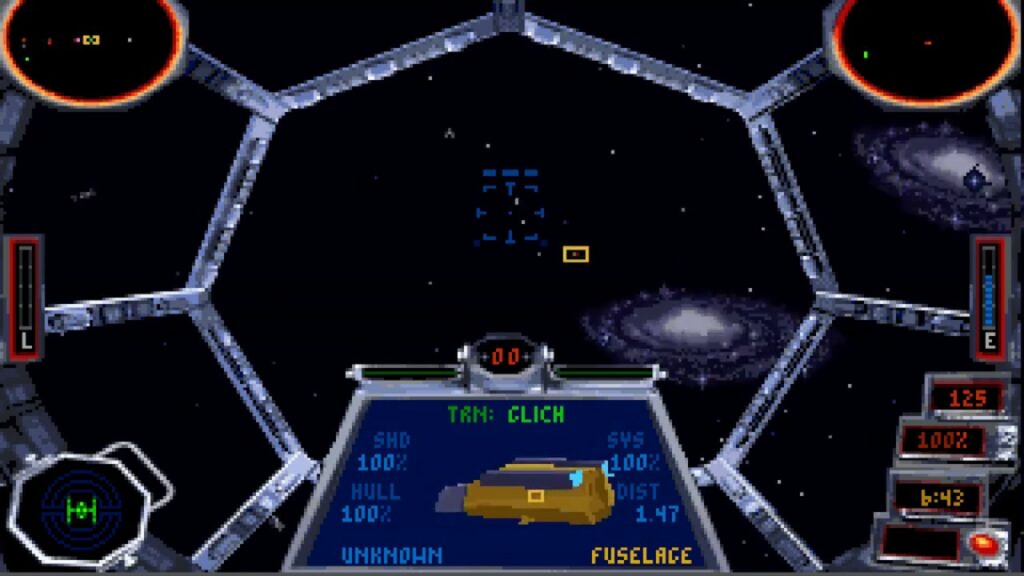
Games As A Service
Even PC games back in the day weren’t immune to this. TIE Fighter, by LucasArts, originally came out on 3.5’’ floppy disks and had several campaigns. They later released an expansion pack that added a fighter and a couple more campaigns but still didn’t wrap up the story. Then they released the CD-ROM version of the game, which included the base game, the original expansion pack and another expansion pack. So the early adopters of TIE Fighter also wound up having to buy the same game multiple times in order to actually experience the full game. Even back in the Nineties, fans were not okay with this.
I get that the video games industry is a multibillion-dollar business. And the goal is to make money. But part of the moneymaking strategy of any business is encouraging future business. Not just delivering a product but making sure that the consumer feels like they are having a good experience and interested. Effectively punishing customers for being an early adopter of your video game could negatively impact your brand in the future.
I’m not saying that Square Enix should offer everyone who bought the original version of the game a free upgrade to the Definitive Version along with a blueberry muffin and season tickets to the Yankees. They did put additional work into the game in the process of developing it for the Switch. They do deserve to be compensated for their hard work on what is a fantastic game. But still, paying full price for the same game seems a little extreme to me.
Sadly, this isn’t the first time this has happened in the games industry. Square Enix is not the only company to do something like this. As unfortunate and consumer-unfriendly as I find it to be, I just don’t see things like this changing in the future. As long as people are willing to shell out the money, the video game industry is likely to keep doing things like this.


